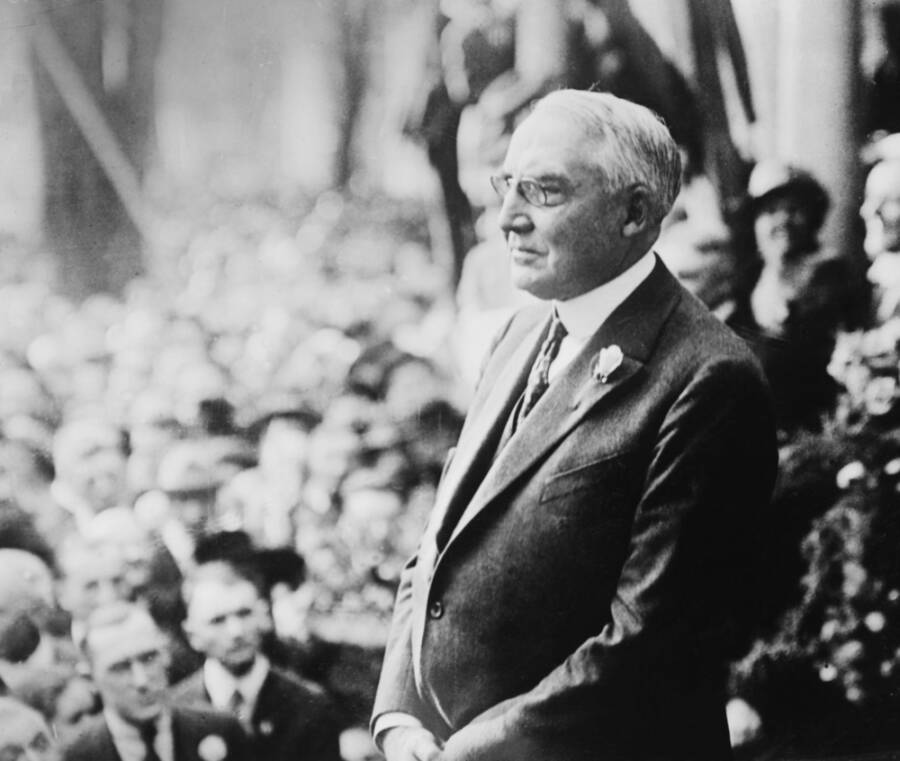
Domestic production was low
Between 1930 and 1933, the overall production fell by more than half, and after this drop, production steadily began increasing, reaching a pretty high level by the end of 1937. While the widespread crop failures of the Dust Bowl did put many Americans through significant hardships, they only occurred after a sharp drop in the price of agricultural products.
The Smoot-Hawley Tariff, together with the accompanying trade conflict, closed off export markets to US agricultural products, resulting in a domestic surplus. The cost of a bushel of wheat was $1 in 1929 and almost 30 cents in 1932. In fact, there was so much farming going on that the US government actively destroyed crops.
Under the Agriculture Adjustment Act, the US government slaughtered millions of perfectly healthy cattle while also purchasing huge fields of productive crops to plow under. In an effort to raise prices, this was done in order to reduce the supply and better match it with the artificially reduced demand. The Conservation Reserve Policy, which still pays individuals in some areas not to grow crops, is a remnant of this program that still continues today.






5 Responses
I remember my Grandmother saying that at times all they had was cornbread and syrup to eat. My Mother inlaw told about the kids going to neighbors to see if they had any leftovers to spare. I’m afraid with the cost of food going up this might happen again. Shame on the states who refuse to end food taxes.
Very interested article and facts.
Will be interested if possible in the future to be included in all your articles.
Thank you in advance.
Regards,
Martine
I enjoyed reading about what time were like in 30’s I remember my grandparents telling what it was like during those times Thanks
Very nicely done.
Interesting